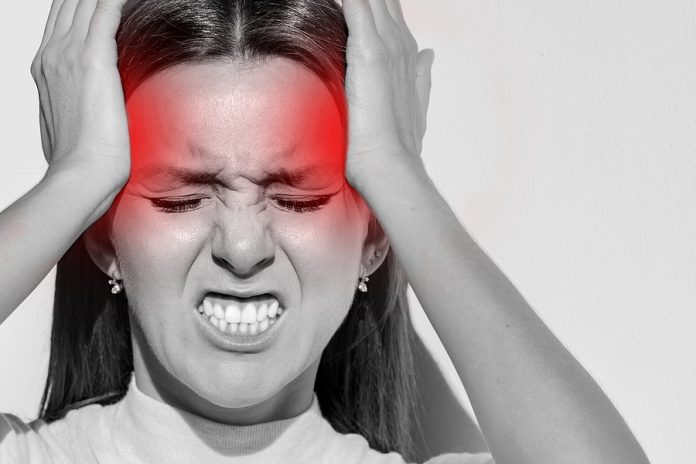A new study published in the January 2021 issue of Headache reveals that patient reporting cluster headaches report an experience of pain more severe than childbirth and passing of kidney stones, among other notoriously painful physical experiences.
According to Larry Schor, PhD, a co-author of the study, this assertion of the intensity of cluster headaches may lead to better funding for the study of the ailment and the development of treatment. As well, this comparison to other better-known pain experiences enables others, including physicians, to relate to the experience of a cluster headache, which is often misdiagnosed as migraine.
A patient’s gender sometimes contributes to the misdiagnosis of cluster headache. Women tend to experience migraines, and because migraines are more common in women than cluster headaches, physicians often misdiagnose the condition as a migraine and treat the patients accordingly. As well, neurologists are often taught a misconception that labels cluster headaches as a disease that primarily afflicts men.
Increased awareness around cluster headaches can heighten doctors’ appreciation of the condition’s prevalence amongst both men and women. Physicians who are more aware of the recent study may be more likely to evaluate patients for cluster headaches and to explore the duration of pain when a patient is not taking medication. The presence of cranial autonomic symptoms that are side-locked, for example, can help physicians determine if the patient is suffering from cluster headaches.
Schor states that the pain of cluster headaches should be considered a medical emergency.
When a patient is in such severe pain, the potential of suicidality is heightened. Common treatments for cluster headaches, like high-flow oxygen, intranasal or intravenous triptan, and galcanezumab, are effective for many sufferers of the condition.
Researchers involved in the study asked 1,604 cluster headache patients to rank the pain they experience on a scale of 1 to 10. Cluster headache was ranked the highest at 9.7, whilst childbirth was ranked at 7.2 and pancreatitis at 7.0. 72.1% of the patients ranked cluster headache at 10.0.
The patients who reported the most intense experience of pain were more likely to be women who have cranial autonomic features like conjunctival injection or lacrimation, eyelid edema, sweating on the face or forehead, fullness in the ear, and miosis or ptosis. As well, the patients suffering from maximal pain experienced cluster headaches more frequently than those who reported less pain. They also had higher scores on the Hopelessness Depression Symptom Questionnaire and reported that calcium channel blockers were less effective.


